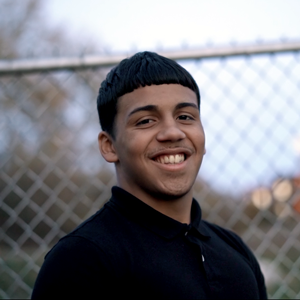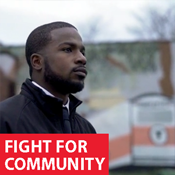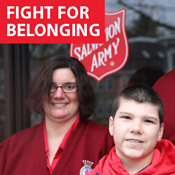Fight for Second Chances
Bridging the Gap from The Salvation Army, MA on Vimeo.
"Before Bridging the Gap, I didn’t really care about other’s feelings. I was moody a lot.”
“I was biking with my friends and I ended up getting charged with disorderly conduct.”
“It’s like when you meet new people, it’s like, they don’t care.”
This is how students in Bridging the Gap between Youth and Community Services® described themselves before being referred to the program, which educates court-involved youth about how to make better decisions and attain a more promising future.
Program Manager, Shanice Morgan, explains the curriculum: “12 weeks of life skills: self esteem, communication skills, goal-setting, decision-making, employment education. These tools give them a foot forward on the road to success.”
A partnership between The Salvation Army and the juvenile justice system, Bridging the Gap provides second chances to adolescent first-time offenders.
The program works: 87% of Bridging the Gap graduates do not reoffend within a year. By completing the program,participants have their offenses removed from their records, keeping future job opportunities open to them.
“You don’t want to saddle a young person with a conviction early on in their lives, because it can have deep and far-reaching impacts,” says Anthony D. Gulluni, District Attorney of Hampden County. “What our partnership does is redirect them by taking them out of the criminal court system and bringing them into that loving, generous, caring environment that is The Salvation Army Bridging the Gap Program.”
“A lighthouse stands watch in the most treacherous areas of our coastline,” describes Sergeant Brian Elliot of the Springfield Police Department. “Bridging the Gap is a lighthouse in an urban area where there’s all kinds of things going on.”
“They gave us a second chance to rethink what we did,” says one student about life after intervention.





